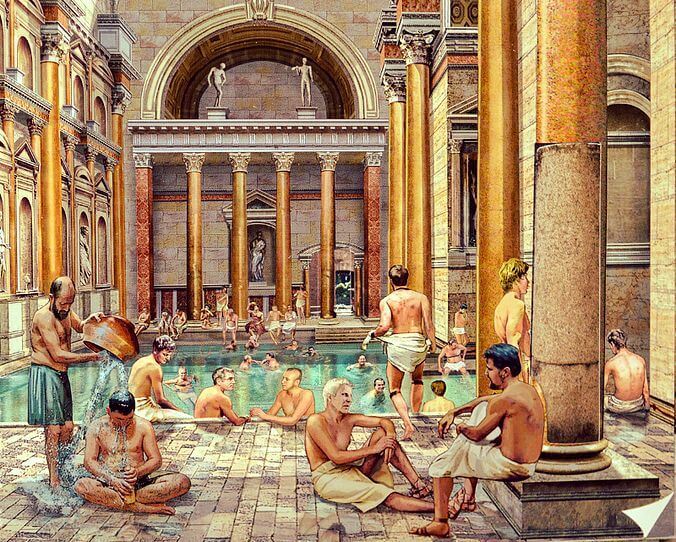The Kind of History Lesson You Don’t Get in School
What comes to mind when you think of taking a bath?
I bet public bath houses and spiritual cleansings were not among the first thoughts to fill your mind. Today, bathtime is a fairly private affair associated with cleanliness and relaxation. Historical accounts indicate, however, that this was not always the case. That’s right, bath time for our ancient ancestors served social, religious, and medical purposes.
Let’s take a float down memory lane!
The First Public Baths
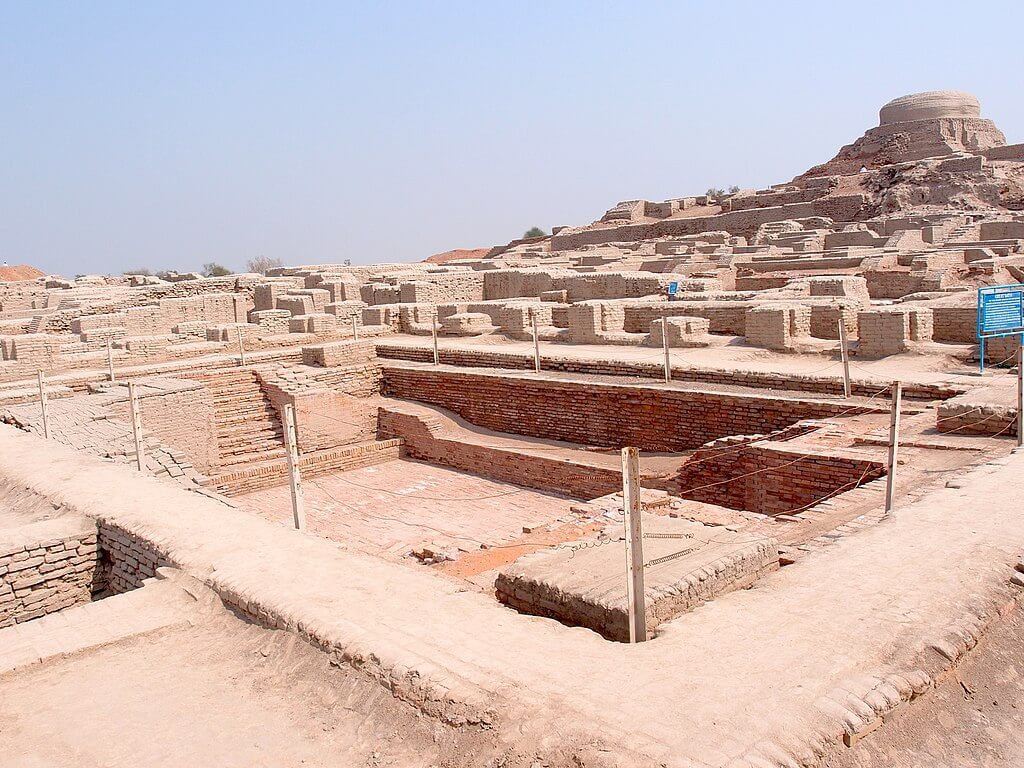
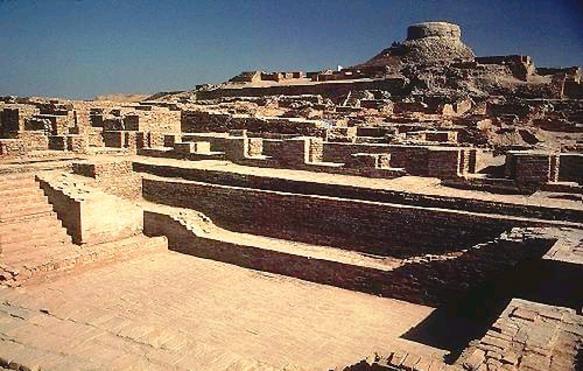
The invention of showers is often credited to the Ancient Greeks. It is thought that the Ancient Romans expanded upon the pipe system in order to create some of the first public baths. To date, the oldest public bath uncovered by archaeologists is known as The Great Bath of Mohenjo-daro. This 40ft by 22ft bath is located in modern-day Pakistan and can be traced all the way back to the Indus Valley Civilization!
To the ancient Egyptians, bathing and cleansing were critical. The Egyptians believed that one’s cleanliness was tied with their proximity to the gods. As such, they would bathe and wash frequently, using scented oils and pastes as soaps (since the TOA Waters products hadn’t been developed yet).
The Roman Bath Houses
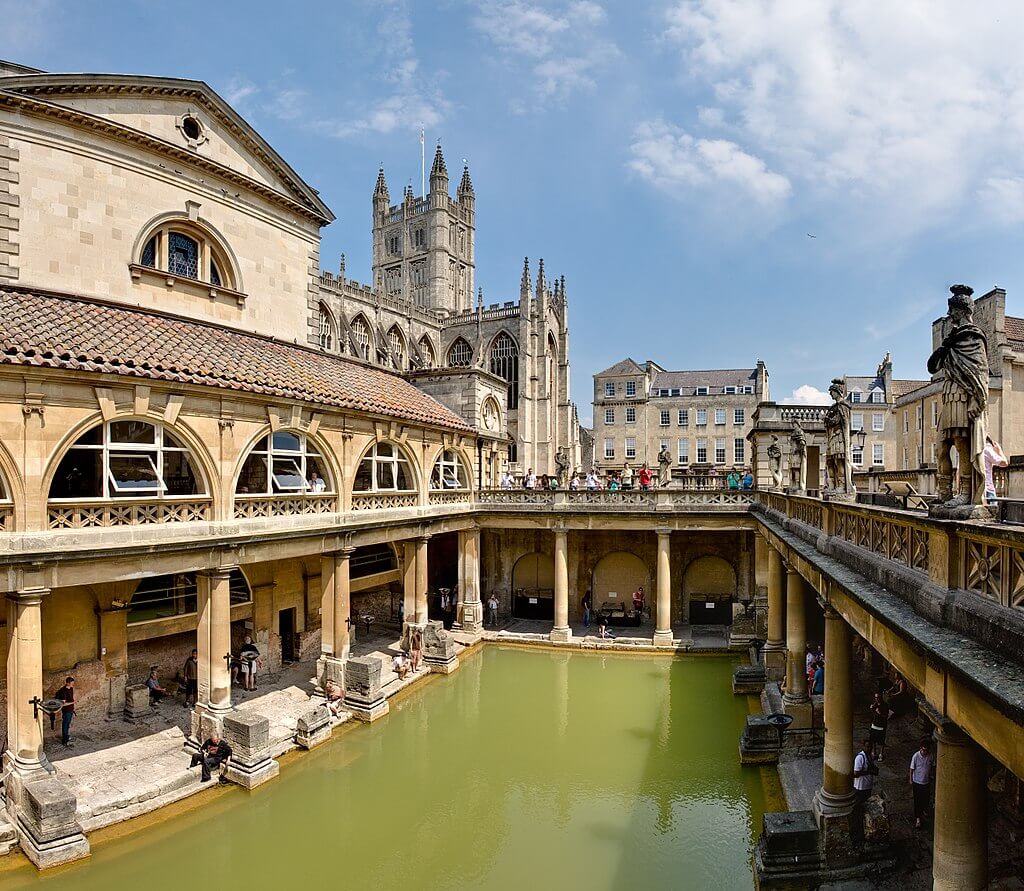
To the ancient Romans, life in the city centered around the public baths. People would frequent the baths to exercise, socialize, and relax. Roman bath houses frequently had various rooms each set to different temperatures. The rooms could be set aside for massages, changing clothes, and some were even reserved for drinking wine! (It’s a shame TOA Waters hadn’t put out its wine and bubble bath pairing list yet!)
Public bathhouses saw a decline during the Medieval period when personal hygiene was not a top priority and the public bathing practices began to come under some religious scrutiny. Public bathhouses continued a steep decline with the onset of the Bubonic Plague and the fears of spreading germs that came with it.
The Development of Scented Soaps & Other Bathing Products
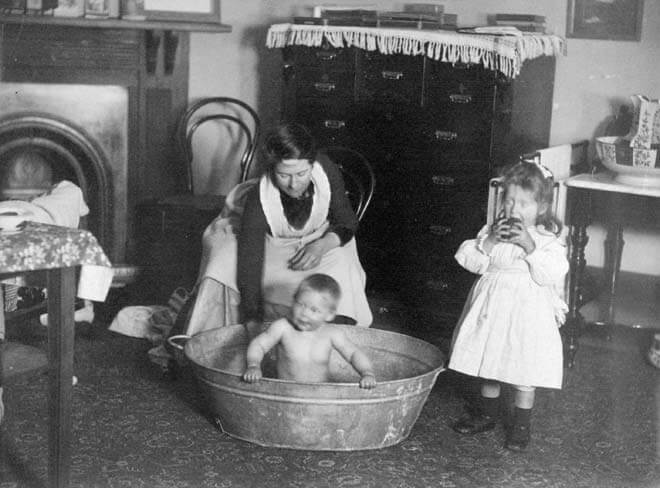
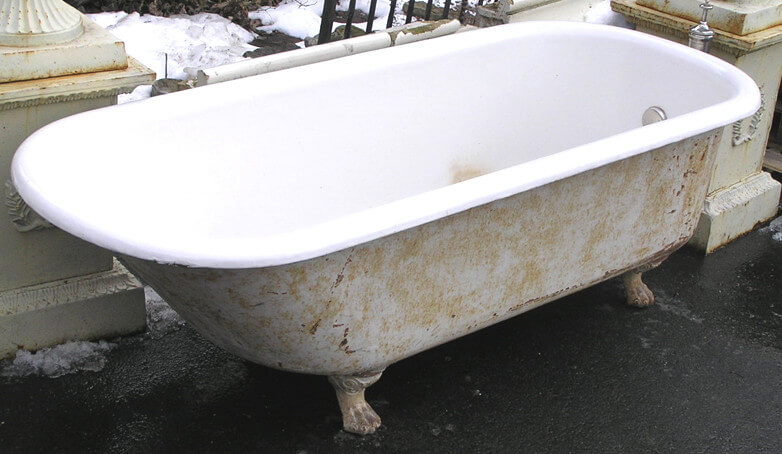
It wasn’t until the 18th and 19th centuries that scientific findings proved that critical relationship among water, cleanliness, and a reduction of germs. The idea of bathing and washing to prevent the spread of diseases carried itself into the civil war with measures set in place to encourage hygiene practices among soldiers going to battle as well as those who were injured and in need of medical attention. This led to the development of scented soaps and other bathing products that were first advertised in America in the late 19th century.
In the early 1900s, Americans began to enjoy baths in the privacy of their own homes. Bath time entailed lugging water to the stove, heating it, and pouring it into the tub. That’s not even the best part! Did you know that it was common for families to share bath water? That’s right, they only filled that sucker once per bath day. It was customary for fathers to bathe first, followed by mothers, and then the children--bet your squirming a bit if you’re the youngest!
Here at TOA Waters, we appreciate just how far the practice of bathing has come, and we hope that you do too! It’s safe to say that the history of bath time is certainly a colorful one! This history is still be written, however, and at TOA Waters, we are not complacent. Browse through our unique bubble baths, and you’ll be sure to leave your suds on this bubbly historical record!
